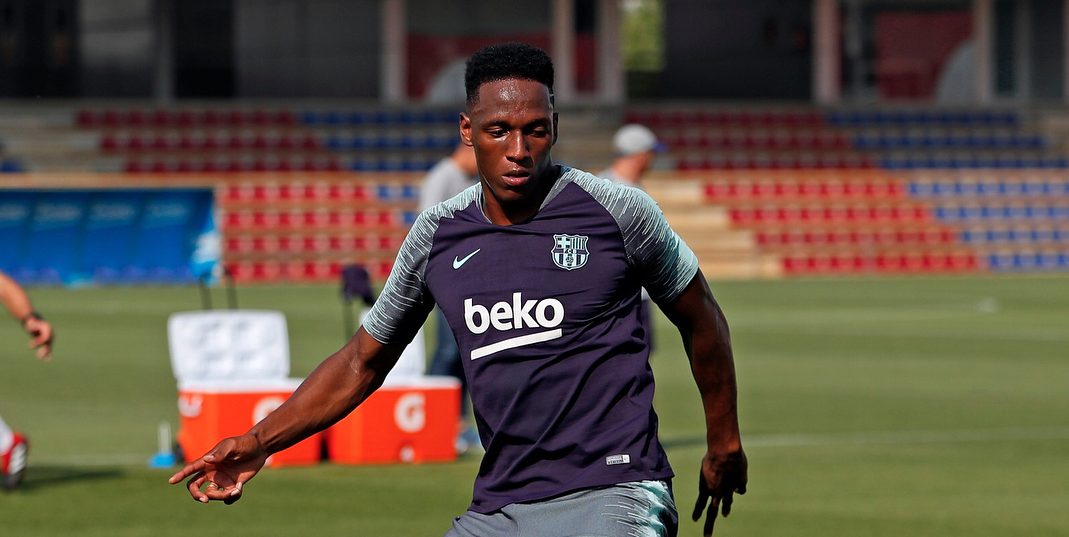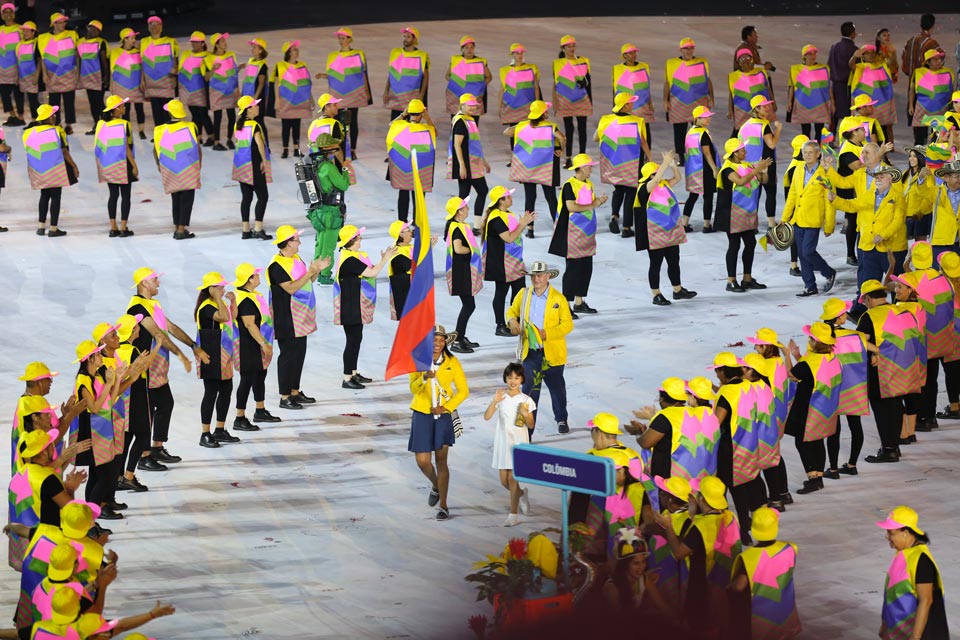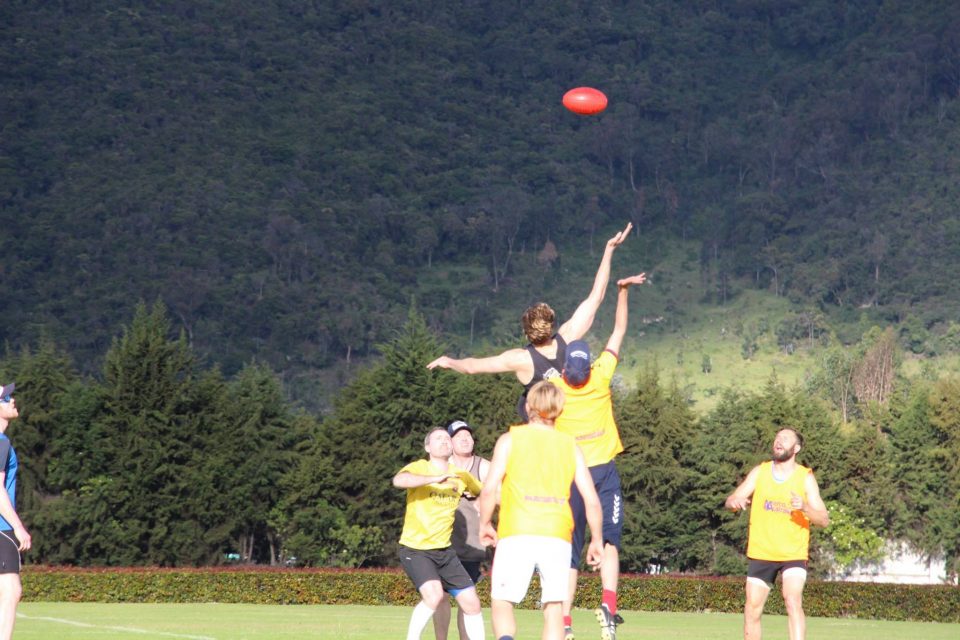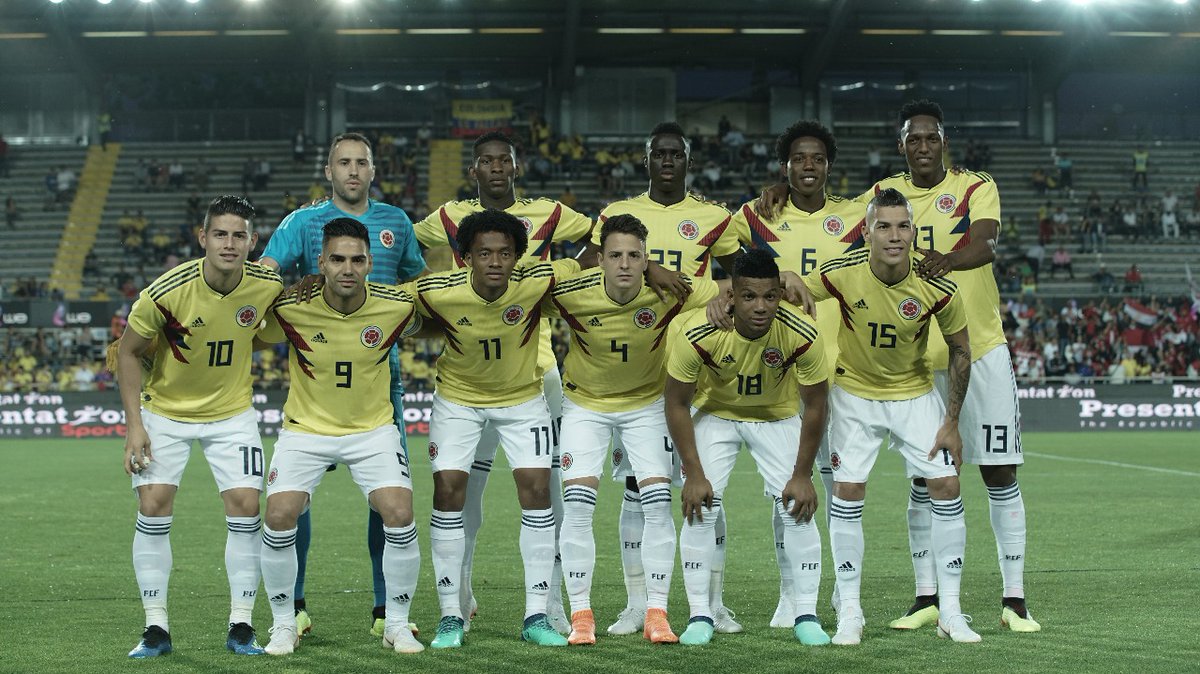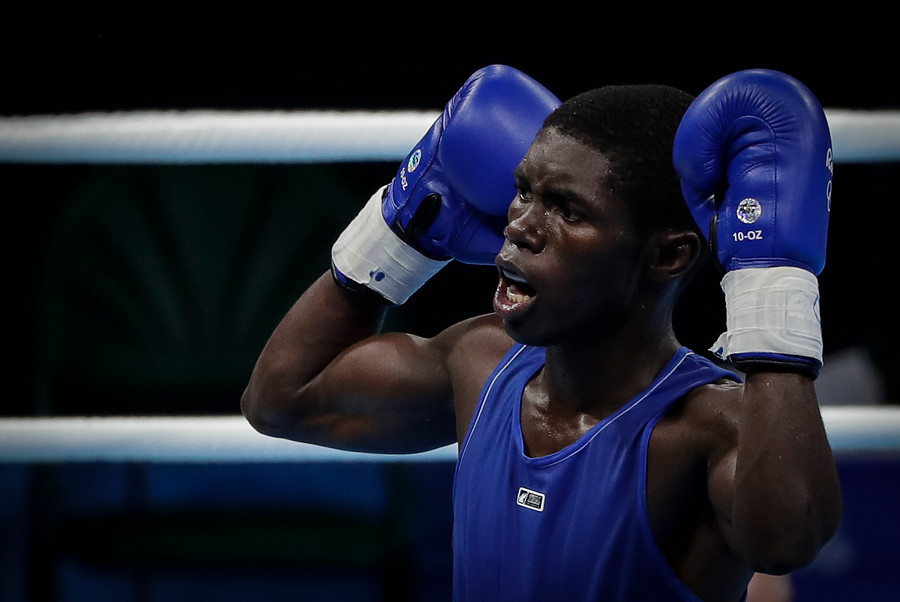
Barbarians rugby club in action. Photo: Barbarians.com
As the Rugby World Cup reaches the final stages and rugby fever mounts around the world, Alexander James takes a look at the growth of rugby in Colombia and how you can take part
Despite its popularity on every continent in the world, rugby union is a virtually unknown phenomenon in Colombia. However, there is a rumbling on the horizon, a building momentum that is glacial in both speed and size. Rugby, if only union, is gaining a foothold on these shores.
Since its introduction by British and French expats sometime in the mid-1970s a number of clubs in Bogotá have sprung up across the city – seven of which are associated with the competitive league in the city. Most of these ‘official clubs’ have a women’s team as the sport is becoming popular with both genders. As the Colombian national women’s side have recently qualified for the Rio Olympics, interest in rugby will only continue to grow.
In fact, as recently as 1993, registered player numbers stood at a paltry 50. Today, only 22 years later, that figure has shot up to more than of 15,000 registered players. The pleasing part of this is the number of young people who are taking up the game – a strong youth competition is the bedrock for future domestic and international success.
Roberto Andrés Gomez, President of the Colombian Rugby Federation is excited by the ongoing progress of his sport.
“With World Rugby’s help in the areas of economic investment, development, coaching and governance, growth on all fronts for Colombian rugby are set. The qualification of the Colombian women’s 7’s side for Rio 2015 is a testament to this and we want to keep this momentum going.”
Playing in Bogotá
There are several clubs in Bogotá that make up the Liga de Rugby Bogotá:
Alianza, Barbarians, Cancerberos, Carneros Andes, Club Azules, Coyotes, Jaguares, Minotauros, Salamandra and Zeppelin. Contact Liga de Rugby Bogotá at contactenos@ligarugbybogota.com.co or contact the club you want to play at for more information on how to get started.
Games are played on various fields in the north of Bogotá every Saturday in a round-robin style fixture with Semi-finals and Finals played at the end of the season.
Rugby Union: The basics
The ball is fought for in a scrum, where the two teams link arms and push against each other in a contest for position.
The ball can only be passed backwards, never forwards, and you can only tackle the ball carrier.
Players have defined ‘positions’ on the field relating of their size, build, speed and tactical guile.
Scoring:
Five points for tries (crossing the opponents goal line and placing the ball on the ground). Two points for converting the try by kicking the ball over the crossbar. Three points a penalty or for kicking the ball over the crossbar during play.
 Photo: Carneros Andes Rugby Football Club Joining the Colombian scrumBeing a New Zealander, for me, rugby union is the only sport worth playing (or watching). It is a way of life and part of our identity. Winter Saturdays as a young boy were all about rugby: the anticipation, the exhilarating game itself and then the fish ’n’ chips as a reward after a match well-played. So, upon my arrival in Bogota, I hunted down the local club so that I could get my weekly fix. I had no idea what to expect as I headed to my first training with the boys from Carneros Andes. Would they speak English? Would they be any good? Did they understand the intricacies of the ruck and maul? They blew my preconceptions out of the water. The players have passion, they understand the game and are all thirsty for learning new skills. They watch matches avidly and devour information so that they can improve themselves. And, oh boy, they are fit. Running drills and warm-ups are adhered to with an enthusiasm I have rarely seen. I, on the other hand, was unprepared for this physical exertion and buckled under the pressure. The biggest challenge is getting access to good facilities and equipment. Practice grounds are shared with joggers, dog walkers and football players alike – dogs pose a particular problem since they dig holes, making it all too easy to sprain an ankle on the uneven ground. English is spoken by a number of the players, but of course the game is played in Spanish. I am getting really good at understanding line-out calls and referee instructions, and my teammates are great at explaining what is going on. Part of the reason I love rugby is its physicality. It is not for the faint-hearted and having seen the Colombian passion for that other ball sport where players fling themselves on the ground to gain an advantage when nary a hair is touched, I feared the worst. Again, how wrong I was. The players constantly put their bodies on the line for their side and get fully involved in contact areas such as the tackle, rucks and mauls. On one Saturday alone I saw a broken and bloodied nose, a dislocated finger and various cuts, scrapes and bruises. If you are rugby-mad, I’d wholeheartedly recommend getting involved. For me, it’s allowed me to meet locals, improve my Spanish and – of course – play the sport I love. If you’ve never played – wherever you’re from – don’t be put off by the bloody nose or cauliflower ear, come and experience the camaraderie of this beautiful, physical sport for yourself. |
By Alexander James

